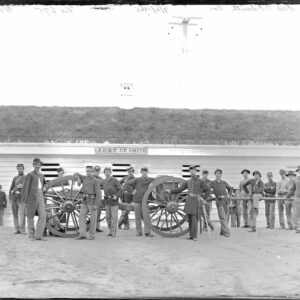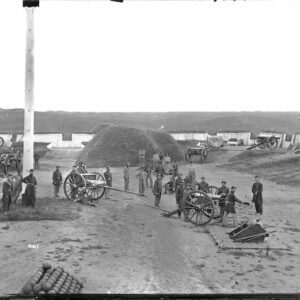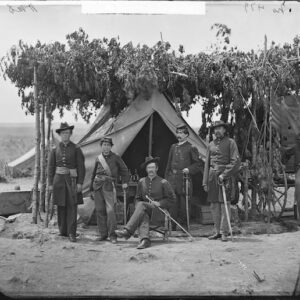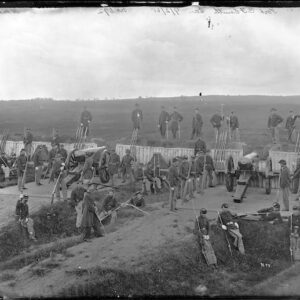Tag: Fort C. F. Smith VA
Wikipedia says: Fort C.F. Smith was a lunette that the Union Army constructed in Alexandria County (now Arlington County), Virginia, during 1863 as part of the Civil War defenses of Washington (see Washington, D.C., in the American Civil War). It was named in honor of General Charles Ferguson Smith, who died from a leg infection that was aggravated by dysentery on April 25, 1862. Fort C. F. Smith connected the Potomac River to the Arlington Line, a row of fortifications south of Washington, D.C., that was intended to protect the capital of the United States from an invasion by the Confederate States Army.
The Army built the lunette on a bluff overlooking the Potomac River and Spout Run. Because of its elevation and location, the lunette could protect the Aqueduct Bridge from invaders traveling along each of the two waterways.
Following the Union Army’s defeat at the Second Battle of Bull Run (Manassas) in August 1862, the Army constructed Fort C. F. Smith in 1863. The lunette was located on property that Thomas Jewell had previously owned and that contained a red house. During construction, the fort was therefore referred to “Fort at Red House”. The Army destroyed the house while building the lunette and nearby fortifications.
The lunette had places for 22 guns and had a perimeter of 368 yards (336 m). General John G. Barnard wrote in a report that “Fort C. F. Smith was carefully planned and constructed after our latest models.” The lunette had a southern and western face and two flanks, as well as a crémaillère line on the north side to protect it from attack up the ravines from the river.
A May 17, 1864, report from the Union Army’s Inspector of Artillery noted the following:
Fort C. F. Smith, Maj. W. A. McKay commanding.–Garrison, four companies Second New York Heavy Artillery–1 major, 15 commissioned officers, 1 ordnance-sergeant, 548 men. Armament, three 12-pounder field howitzers, two 6-pounder field guns, four 24-pounder siege guns, one 8-inch sea-coast howitzer, six 4 ½ -inch ordnance, and four 8-inch siege mortars. Magazines, two; dry and in serviceable condition. Ammunition, full supply and well packed. Implements, complete and serviceable. Drill in artillery, very ordinary; wants improving much. Drill in infantry, insufficient; wants more energy and attention given to it. Discipline, great want of improvement. Garrison is sufficient.
In 1865, the lunette’s armaments were: one 8-inch sea-coast howitzer, three 12-pounder howitzers, four 24-pounder siege guns, two 10-pound Parrot rifles, six 4 ½-inch ordinance, three 4-inch siege mortars, and six vacant platforms. Fort C. F. Smith and other Union Army fortifications on and near the Arlington Line saw little or no fighting during the war; the Army’s biggest enemies in the area were diseases such as malaria and typhoid fever, as well as handling live ammunition.



